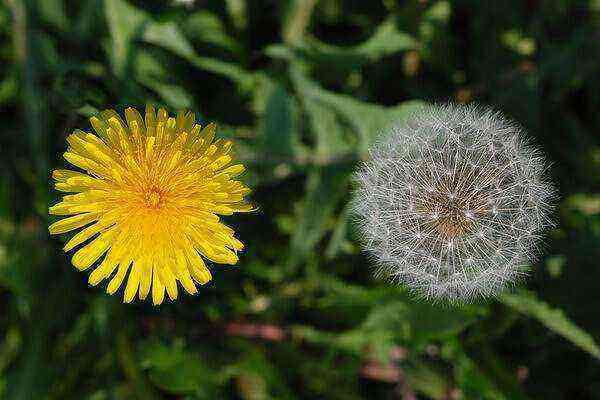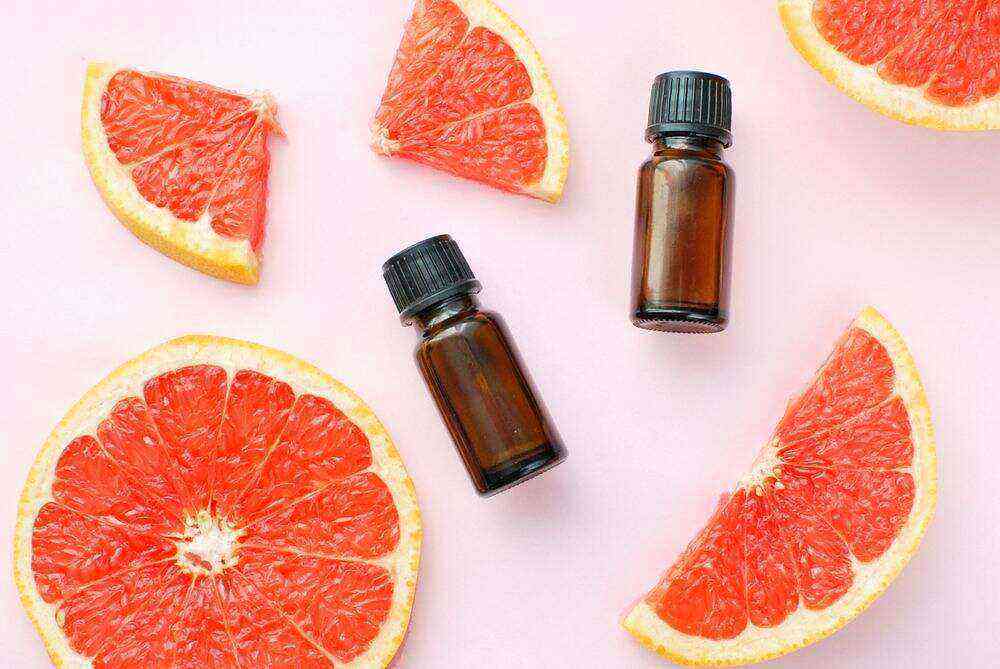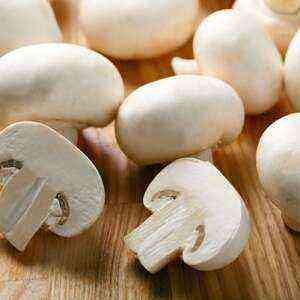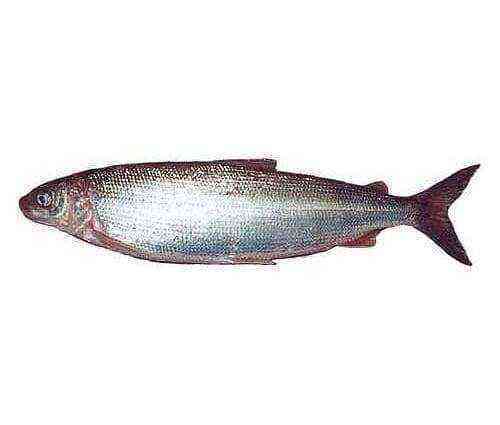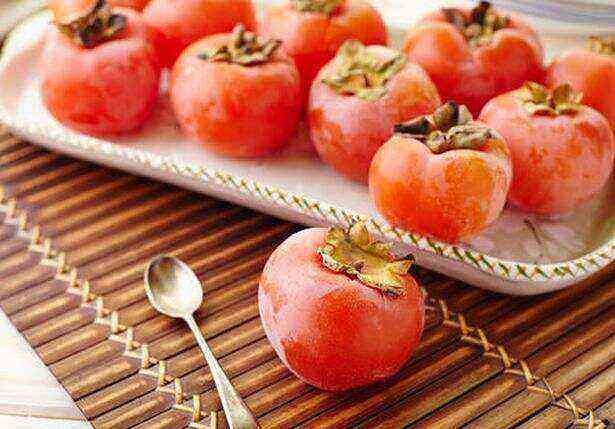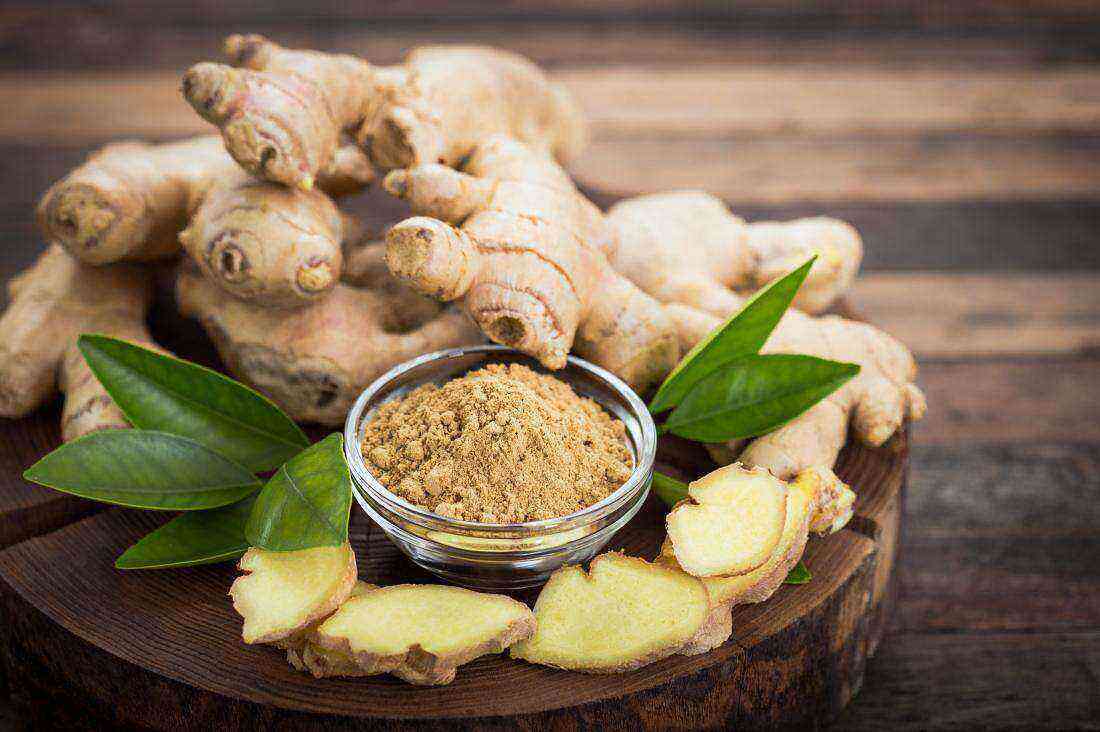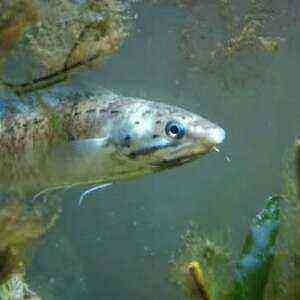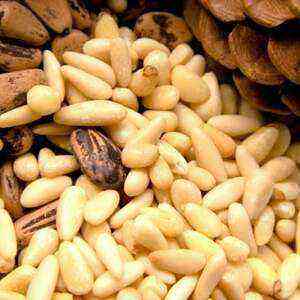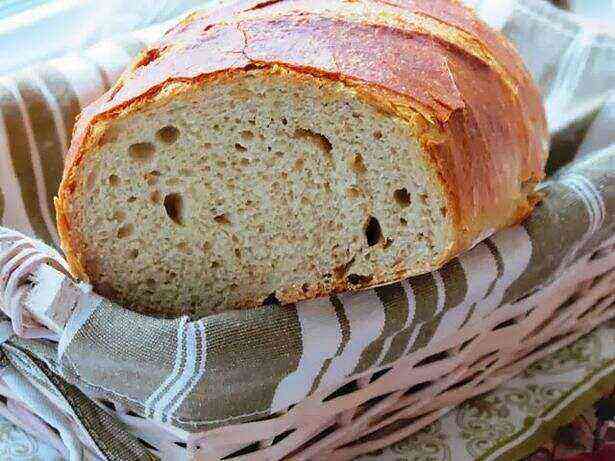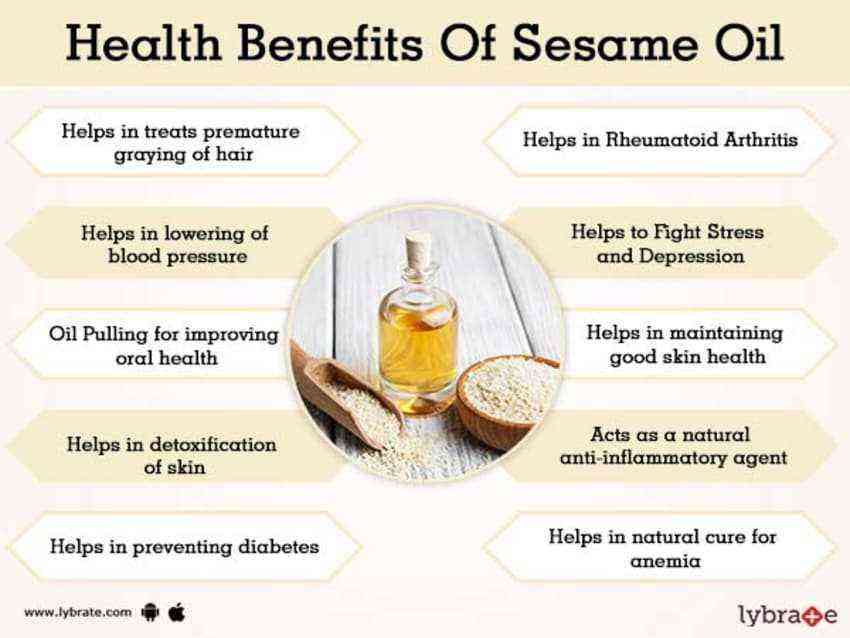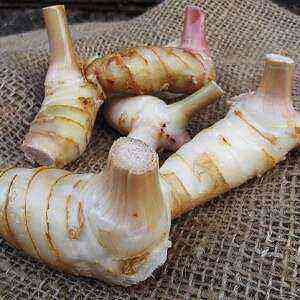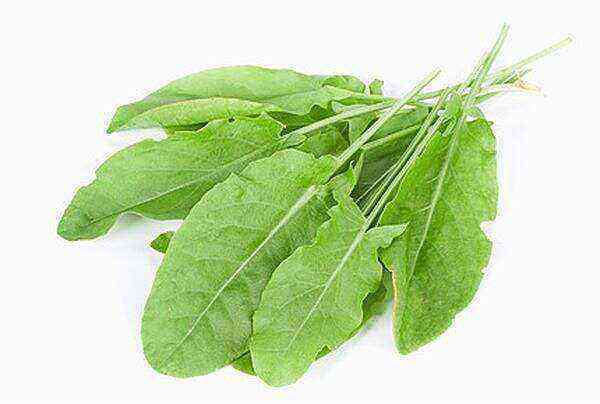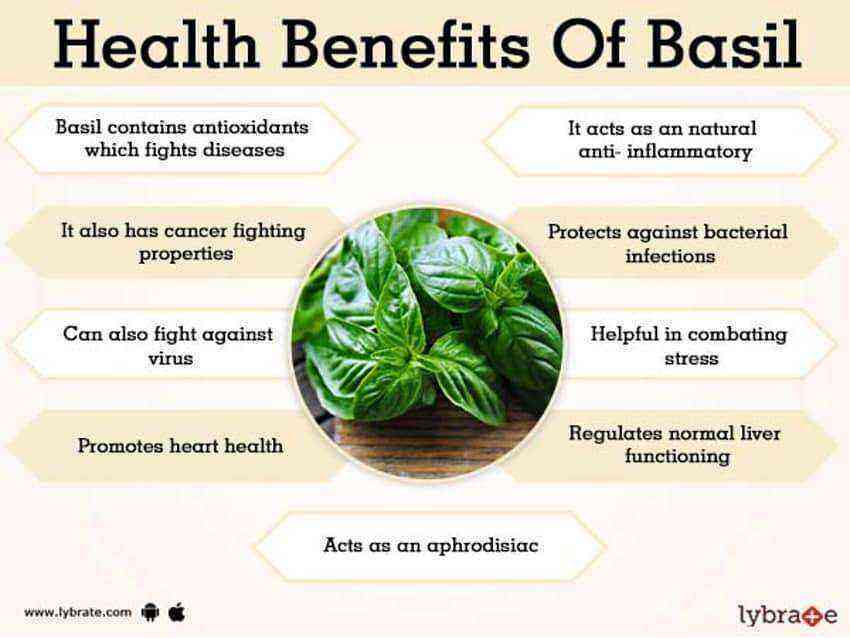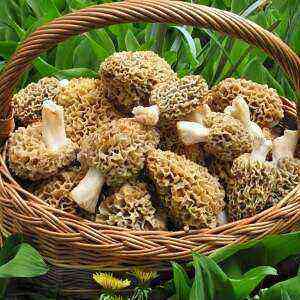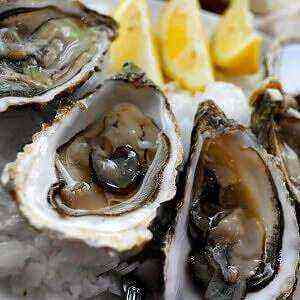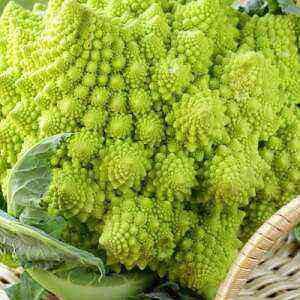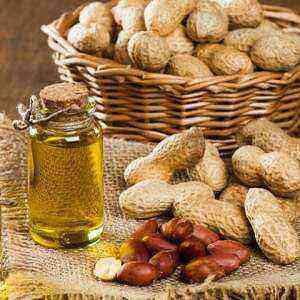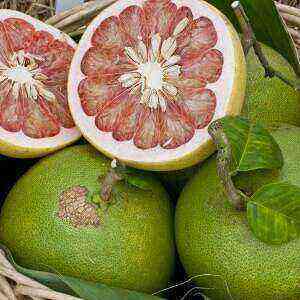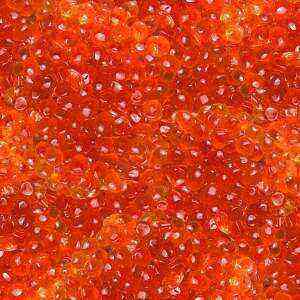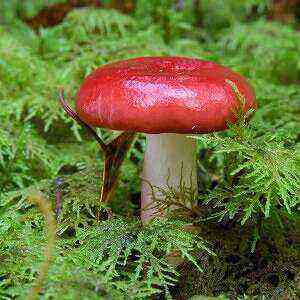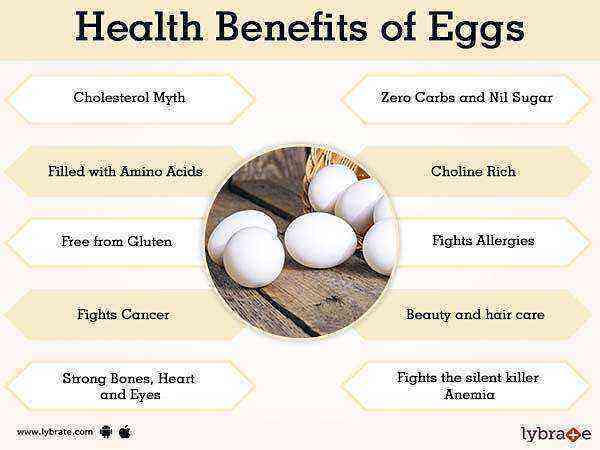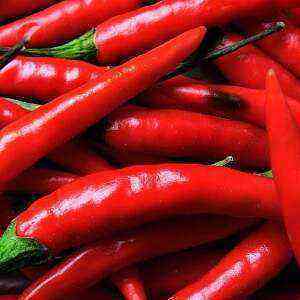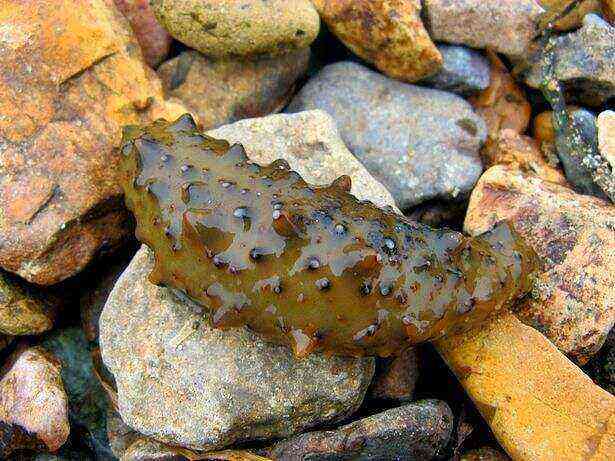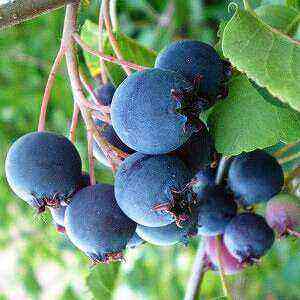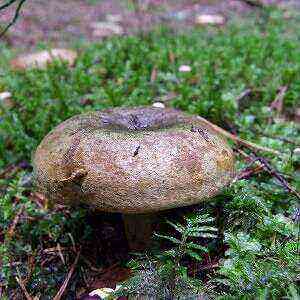
The largest herring was caught by local fishermen in 1959 in the Gulf of Finland. Her weight was 1,5 kg.
The source of food for the Baltic herring is larvae, fry, small crustaceans, and zooplankton. Habitat – upper layers of water. Life expectancy does not exceed 7-8 years.
Salaka contains 28% protein and 23% fat. It is a valuable source of essential amino acids, omega-3,6,9, vitamins A, C, E, PP, B1, B2, sodium, sulfur, phosphorus, potassium, calcium, magnesium, chlorine, fluorine, chromium, zinc, manganese, copper , molybdenum, iron, iodine, cobalt, nickel. Due to its rich chemical composition, a representative of the Atlantic herring, with regular use, improves the functioning of the heart and blood vessels, relieves inflammation, normalizes blood pressure and cholesterol, and removes toxic substances from the body.
Useful Properties
The biologically active components that make up the herring have the following effect on the human body. They prevent the formation of cholesterol plaques, minimize the risk of heart attacks, and improve heart function. Reduce inflammatory reactions in the joints. Increase mental performance, remove toxins and normalize blood pressure.
In order to avoid the loss of vitamins, macro- and microelements, useful omega-3,6,9 acids, it is recommended not to expose fish to prolonged heat treatment for more than 30 minutes. It is better to cook herring steamed or grilled.
Hazardous properties
Salaka is a resident of the Baltic Sea, which belongs to one of the most polluted water bodies on the planet. Therefore, from an environmental point of view, eating such a fish is unsafe for health, since it is able to accumulate harmful toxic substances from the environment.
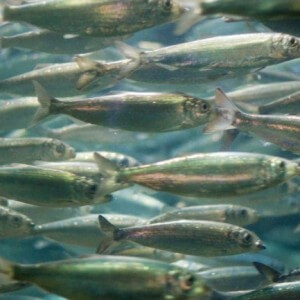
Chemical composition
The nutritional value of herring depends on the living conditions, the catch season, and the method of preparation. Moreover, these criteria do not affect its chemical composition. According to the spawning season, fish is divided into 2 races: spring and autumn. The latter, characterized by meatiness and large size, is considered the most acceptable option for blanks.
The fish caught in the autumn-winter period contains 143 kcal and 8,3 g of fat per 100 g, and in the spring-summer only 97 kcal and 3,0 g of triglycerides. On an industrial scale, Baltic herring is harvested year-round. It is sold fresh and frozen. In addition, on the shelves of the store, fish is presented in salted, dried, canned, smoked variations.
Table No. 1 “Nutritional value of herring”
Components
Content in 100 grams of product, grams
Water 75,4 Proteins 17,0 Essential amino acids 9,96 Essential amino acids 9,35 Fats 6,3 Monounsaturated fatty acids 2,52 Saturated fatty acids 2,0 Omega-9 1,68 Ash 1,3 Polyunsaturated fatty acids 1,14 Omega-3 0,8 Omega-6 0,27 Cholesterol 0,08
Table No. 2 “The chemical composition of herring”
Name
Nutrient content in 100 grams of product, milligrams
Vitamins
Niacin (B3) 1,7 Tocopherol (E) 0,7 Ascorbic acid (C) 0,4 Pyridoxine (B6) 0,25 Retinol (A) 0,03 Riboflavin (B2) 0,15 Thiamine (B1) 0,12
Macronutrients
Phosphorus
220
Potassium
210
Chlorine
165
Sulfur
150
Sodium
70
Calcium
20
Magnesium
20
Trace Elements
Цink
1.35
Ƶelezo
1.0
Fluorine
0.43
Copper
0.16
Marganeц
0.09
Chromium
0.055
Iodine
0.05
Koʙalьt
0.025
Nickel
0.006 0,004
fluorite
How to choose
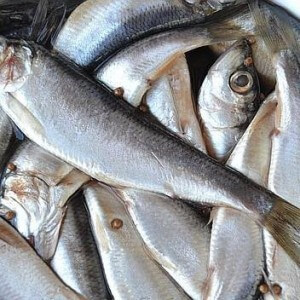
- Eyes are brilliant.
- The aroma is fresh, marine.
- Gills are bright red.
- The carcass is clean, smooth, dense, not sagging.
If the fish is twisted, broken, crushed, then it was stored incorrectly. Namely, it was subjected to repeated freezing-thawing. Do not buy mashed carcasses with a sour smell. Prefer frozen fish in the original packaging, rather than pre-packaged in the supermarket. When buying slightly salted herring and spicy salting, it is recommended to pay attention to the integrity of the carcasses. A properly cooked herring, abdomen without damage.
How to catch herring
In the summer, the Baltic herring is caught with a fishing rod, and in the fall with multi-hook tackle (a donka with a sinker). Hooks bait with cambric or lurex. As accessories, branded inserts are used, which are a meter line of 0,4-0,45 mm in diameter. Short wiring (up to 3cm) with multi-colored hooks (2-6 sizes) is attached to it. Brilliant pieces of bait are planted on them.
In September-October, it is recommended to attract the attention of fish using golden hooks or a large, shiny spoon spoon bait. The sinker is used in a cylindrical shape.
Straits are considered good places for fishing herring and the territory near steep rocky shores up to 8 m in depth. These include the following bridges: Lilleholm in Parainen, Lauttasaari in Helsinki, Raippaluoto in Vaasa.
On the south coast, the best fishing season is in mid-May, and in the fall of September-October. Sometimes shoals of herring rise completely to the surface of the water or go into the thickness to the very bottom. In this case, it is necessary to adapt to the behavior of the fish. If the tackle is too submerged, but there is no bite, it is lifted into the upper layers of the sea, watching the reaction of the tip of the rod. When he starts to twitch, then you are in a fishing place.
Ways of preparation
“Sprats from herring”
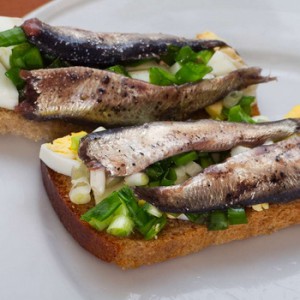
- sunflower oil – 100 ml;
- black tea – 4 bags;
- fresh herring – 1 kg;
- bay leaf, salt, peppercorns.
To prepare sprats, strong, medium-sized fish are used. Large ones need to be cooked longer, in addition there is a risk that they will be stewed unevenly. Pre-cleaned salaka, remove the intestines, get rid of the head. Spices are used to taste. Connoisseurs of spicy aromas can diversify the taste of sprats with fennel, cloves and sauce. To color the fish in golden color, liquid smoke or onion husks are used.
Principle of preparation:
- Cover the dishes with a thick bottom (deep pan, ducklings) with foil. Lay on top of the first layer of fish down belly. Carcasses should fit snugly together, only in this case they will not fall apart during cooking.
- Add spices.
- Lay the second layer on top. Ultimately, the fish should take no more than 2/3 of the dishes, otherwise the oil will boil away during cooking.
- Make a strong brewing based on the calculation of 2 tea bags per 400 ml of water. Dissolve salt (10 g) in a liquid. Pour tea leaves into a pan with fish. Add sunflower oil so that it covers the herring. Put the duckweed on fire for 20 minutes. Do not cover.
- Preheat the oven to 160 degrees. Put the dishes with fish in the oven, cover, simmer for 6 hours. Sprats are considered finished when the flesh of the fish acquires a characteristic golden color, and the bones become soft and invisible. Serve with cucumbers, herbs, tomatoes, boiled potatoes.
Pickled Herring
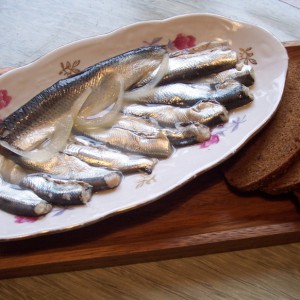
- herring – 1 kg;
- sugar – 15 g;
- water – 1,5 l;
- bay leaf – 2;
- salt – 45 g;
- vinegar – 15 ml;
- set of spices for marinades, turmeric, black pepper peas.
Principle of preparation:
- Preparation of fish: cut off the head, extract the insides.
- Cook the marinade. Boil water, pour in vinegar, add salt, sugar and spices. To enhance the taste, you can additionally put caraway seeds, mustard, coriander seeds, cloves and cardamom. Boil the marinade for 5 minutes. Spices should soften in boiling water, reveal their aroma, and crystals of sugar and salt completely dissolve. Remove the spicy broth from the heat, cool to 20 degrees. You can also add onions to the marinade. Vegetable is cut in large half rings.
- Place salaku in ceramic dishes, a plastic tray. Pour with marinade, cover, leave warm for 1 day, then put in the refrigerator. On the second day, the fish is ready to eat. Before serving, the salak of spicy salting is poured with oil, sprinkled with onions.
The longer the fish pickles, the more it absorbs salt and spices.
“Roasted Herring”

- herring – 1 kg;
- flour – 100 g;
- vegetable oil – 150 ml.
Technology of preparation:
- Rinse the fish, wipe with a dry cloth. If desired, it can be cleaned from the insides.
- Heat a pan with oil. So that the herring does not fall apart and does not stick to the surface during the turning process, sprinkle the bottom with salt.
- Roll the fish on all sides in flour, put in a preheated pan. Fry over high heat for 3 minutes on each side, then reduce to a minimum and cook until cooked. Serve with fresh or stewed vegetables, herbs.
The duration of the preparation of herring depends on the size of the carcasses and does not exceed 10-15 minutes.
Baltic herring is a versatile product that can be salted, pickled, fried, dried, baked, smoked and stewed. Fish is used for cooking minced meat, cold appetizers. It goes well with sour cream and tomato sauce. The best side dish for stewed herring is boiled rice.
Conclusion
Baltic herring is a healthy fish that, if consumed regularly, improves the condition of blood vessels, the functioning of the immune system, brain and heart. The main thing is to learn how to cook it correctly, to control the amount of consumption.
Salaka is a symbiosis of vitamins and minerals, has a low calorie content, is easily absorbed by the human body. Her meat is rich in essential fatty acids that fight excess blood cholesterol. In addition, they improve mental performance, reduce inflammation, and normalize blood pressure.
The preferred way of processing fish is steaming or grilling for no more than half an hour. Only in this form does it retain a maximum of useful substances. Salted, smoked and dried herring loses its nutritional value 3 times and is contraindicated for people with high blood pressure, kidney disease and leg edema.
To improve the gastronomic characteristics, fish dishes are flavored with lemon juice, olive oil, black pepper and onions.
